With only 41 days remaining until we become fifth grade scholars, independence, initiative, and insightful inquiry are areas in which we are desiring to demonstrate readiness for the rigor that awaits. As we stepped into our new unit of inquiry on the sustenance of structure, we were ready to shine.
Working in their table groups, students began the day by establishing a structure for their group. Students discussed and established expectations for how they will read, write, speak, and think. In each group, the standards for success were high.
Once the structure was set, students were introduced to the document that will help guide their novel study. Strategically structured, the document is designed to promote independence, initiative, and inquiry. Our first activity, though, was a guided visible thinking routine – creativity hunt. With our central idea of structure in mind, our challenge was to consider an ordinary object from a different perspective. Our object was… a pencil. As we thought about this everyday object, we really exercised our brains and had a rich discussion about a pencil’s purpose, audience, and unique design and structure.
If you are interested, you can push your thinking about pencils further by reading an article featured on the Foundation for Economic Education (FEE) website entitled “I, Pencil,” by Leonard E. Read. It’s worth the read! You won’t believe how many people it takes to make a single pencil.
After analyzing a pencil, students read a brief biography of our author and put into practice our first reading skill – predicting. Based on a synopsis of our text, Homeless Bird, students recorded ideas using what they know about the author, Gloria Whelan, and prior knowledge of books we’ve read by her.
Then it was time to delve into the dictionaries, previewing some new vocabulary words that will be sprinkled throughout the first chapter. Students showed how scholarly they were by using multiple sources, including traditional and online dictionaries. Each group eagerly embraced the challenge with an exciting level of enthusiasm, engagement, and excellence.
Multiple Source: Dictionary Entry
Quote of the Day: “Mrs. Rupp, I feel like there is big ball of neurons exploding in my brain. I am learning so much!” ~ M.W.
Multiple Sources:
As we inquired into our new topic and text, our work was nothing short of amazing!
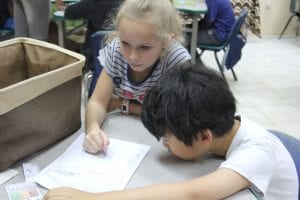
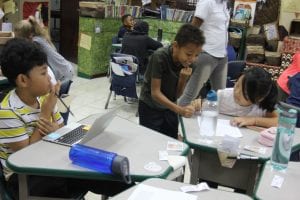
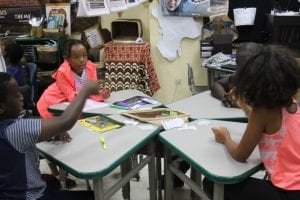
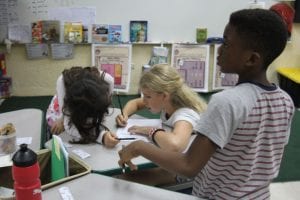
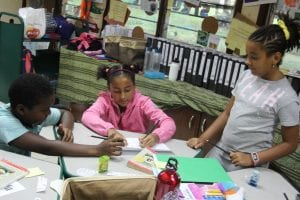
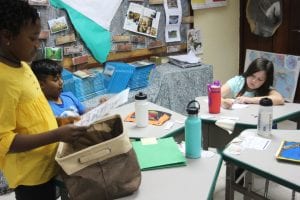

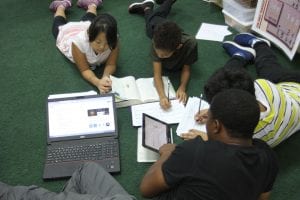
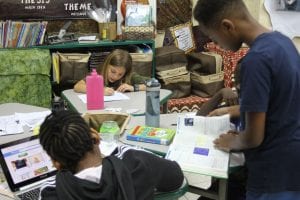
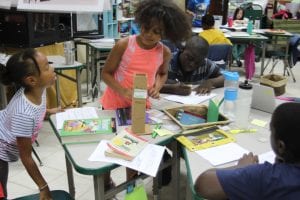

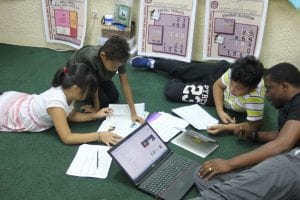
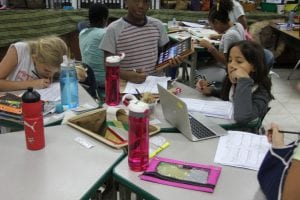
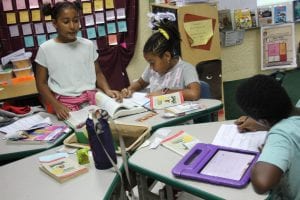
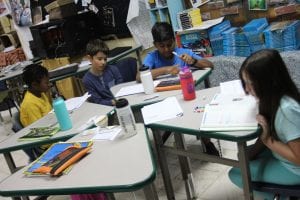
The best part is… the excellence was extended into our math lesson about… division. Division is an always-anticipated aspect of fourth grade math. Today, we used what we knew about multiples, fractions, and area to lay the foundation of our thinking and problem solving. Attentive and active during the lesson, scholars were ready to show what they know when it came time to work with a thinking buddy.
Alert: As you watch the previous video, what is one REALLY important math idea we, as math-magicians, know about extended facts that this video is missing. In other words, what is the mathematical reason why we can use basic facts to help us with extended facts? If giving feedback to the creator of this video, I would encourage her to revise her thinking about how the extended facts are formed.
The following image features extended facts for addition, but the creator of this image understands the secret to extended facts. Can you see his or her evidence?
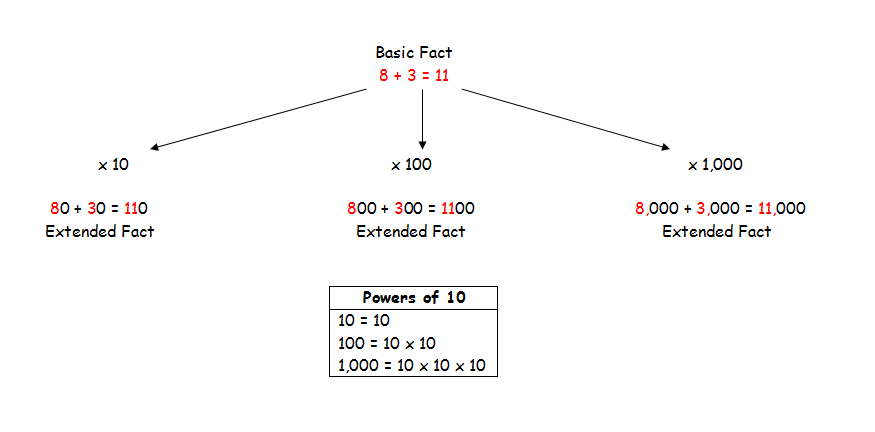
We are looking forward to digging deeper into division tomorrow with specific division strategies.
